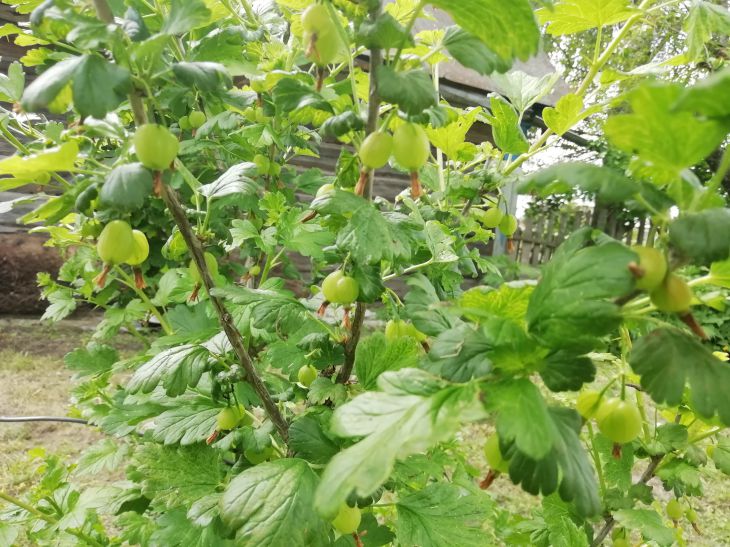5 stages of gooseberry feeding: follow these recommendations and you will be picking berries by the bucketful
Gooseberry bushes should regularly receive the substances and microelements they need.
Otherwise, the plant will bear fruit poorly.
And the few berries that have formed are unlikely to be large in size or have a bright taste.
But if the gardener uses the necessary fertilizers in a timely manner, then there will definitely be no problems.
An expert of the online publication "BelNovosti", agronomist and landscape designer Anastasia Kovrizhnykh told in what order gooseberries should be fed in order to get a lot of berries.

The very first feeding
The first fertilizer to be applied when growing gooseberries should be a mixture of nitrophoska and urea.
For a bucket of water there should be two tablespoons of the first component and one tablespoon of the second.
Each gooseberry bush should receive 20 liters of prepared liquid.
Top dressing after flowering begins
During this period, it is advisable to feed the plant with potassium sulfate (one tablespoon per bucket of water).
Three buckets of the product should be used for each plant.
Before applying this fertilizer, you need to sprinkle some unburned wood waste under each gooseberry bush.
Top dressing after the first ovary appears
At this time, the gardener should water the soil with a liquid to which nitrophoska and potassium humate have been added (one and two tablespoons per bucket of water, respectively). For each plant - 30 liters of solution.
First autumn feeding
Closer to the beginning of the second autumn month, it is advisable to replenish the deficiency of potassium and phosphorus.
During this period, the crop will “react” well to potassium sulfate and superphosphate.
Second autumn feeding
And before the beginning of the final third of autumn, the plant should be fed with "organic matter". The ideal option is manure.
Earlier, summer residents were told how to increase the tomato harvest by 30% without doing anything at all.
